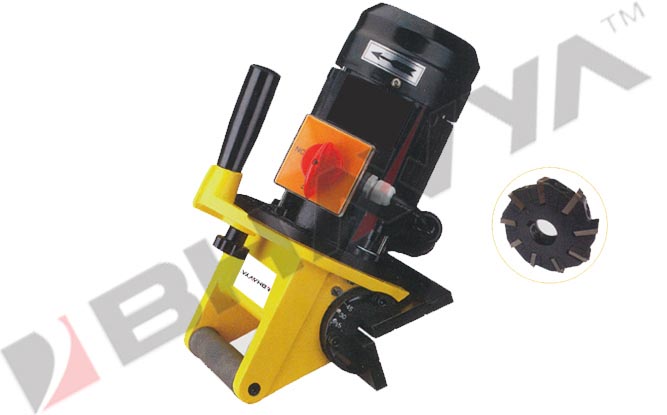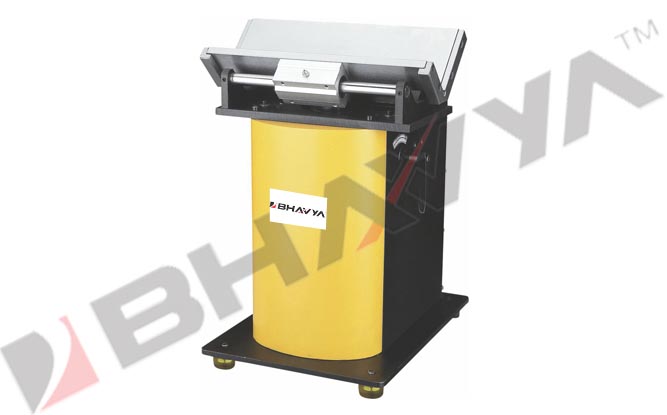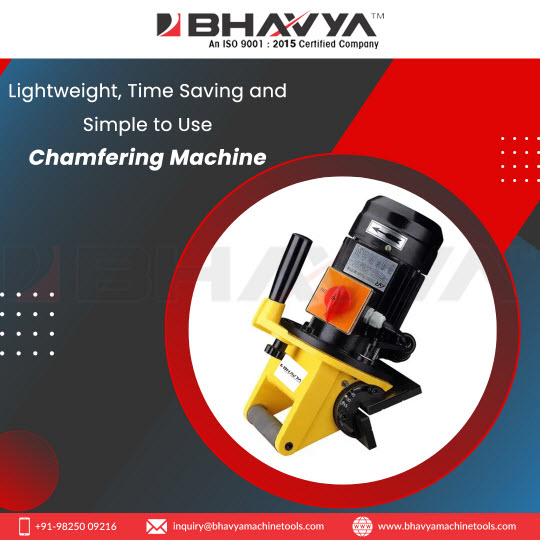Chamfering machines are essential tools used in various industries for creating bevelled edges and chamfers on different materials such as metal, wood, and plastic. These machines provide precision and efficiency in shaping and finishing work pieces but like any mechanical equipment, they require regular maintenance and occasional troubleshooting to ensure optimal performance.
Regular maintenance is crucial for the smooth operation of chamfering machines. It helps prevent unexpected breakdowns, ensures consistent chamfer quality, extends the lifespan of the machine, and enhances overall productivity. Neglecting maintenance can lead to decreased efficiency, poor chamfer quality, increased downtime, and costly repairs. By implementing a maintenance routine, operators can minimize these risks and maximize the machine’s performance.
Cleaning and Lubrication
Regular cleaning of the machine’s components, including blades, guides, and cutting surfaces, is essential to remove debris and prevent build-up that can affect performance. Lubricating moving parts, such as bearings and pulleys, helps reduce friction and ensures smooth operation. It is important to use lubricants recommended by the manufacturer and follow the specified intervals for lubrication.

Blade Inspection and Replacement
The cutting blades or milling cutters of chamfering machines should be inspected regularly for signs of wear, damage, or dullness. Worn-out blades can result in poor chamfer quality and increased strain on the machine. Replace blades as needed, following the manufacturer’s guidelines. Proper blade maintenance and replacement not only ensure optimal performance but also reduce the risk of accidents.
Belt and Pulley Maintenance
Inspect the machine’s belts and pulleys for wear, tension, and alignment. Loose or damaged belts can cause slipping and affect the machine’s accuracy. Adjust or replace belts as necessary, and ensure proper pulley alignment for efficient power transmission.
Electrical System Check
Inspect the electrical components, such as wiring, switches, and controls, for any signs of damage or malfunction. Loose connections or faulty electrical components can lead to power issues and unsafe operation. If any abnormalities are found, consult a qualified technician to address the electrical concerns.
Calibration and Alignment
Regularly calibrate and align the machine to ensure precise chamfering. Check the angles, measurements, and alignment of the blades and cutting surfaces according to the machine’s specifications. Proper calibration and alignment contribute to consistent chamfer quality and prevent inaccuracies.

Troubleshooting Common Issues
Chamfering machines may encounter various issues during operation. By understanding and troubleshooting these common problems, operators can minimize downtime and maintain productivity. Here are some typical issues and their possible solutions:
Machine Not Turning On
If the machine fails to turn on, check the power supply and ensure that all switches and circuit breakers are in the correct position. Verify the connection between the machine and the power source. If the issue persists, consult a qualified technician to inspect the electrical system.
Inconsistent Chamfer Quality
Inconsistent chamfer quality can result from various factors such as dull blades, improper alignment, or incorrect feed rate. Inspect the blades for sharpness and replace them if necessary. Check the alignment of the blades and cutting surfaces, ensuring they meet the specified angles. Adjust the feed rate to achieve consistent results.
Excessive Vibration or Noise
Excessive vibration or noise during machine operation may indicate loose components or improper installation. Check all fasteners, belts, and pulleys for tightness and alignment. Lubricate moving parts as needed. If the issue persists, consult a technician to identify and resolve the root cause.
Overheating
Overheating can occur due to inadequate cooling, insufficient lubrication, or heavy workload. Ensure proper cooling mechanisms are functioning effectively, and lubricate the machine as recommended by the manufacturer. Avoid overloading the machine beyond its capacity.
Irregular Feed Rate
If the feed rate is irregular or inconsistent, check the drive system, belts, and pulleys for any issues. Ensure proper tension and alignment of belts, and inspect the drive system for any wear or damage. Adjust or replace components as necessary.
Uneven Blade Wear
Uneven blade wear can lead to chamfer inconsistencies. Regularly inspect the blades and rotate or replace them to ensure even wear. Proper blade maintenance, including sharpening and balancing, can help achieve uniform chamfer quality.
Safety Concerns
Prioritize safety when operating chamfering machines. Follow all safety guidelines and procedures provided by the manufacturer. Use appropriate personal protective equipment, such as goggles and gloves. Regularly inspect safety features, such as emergency stop buttons and guards, to ensure they are in proper working condition.






